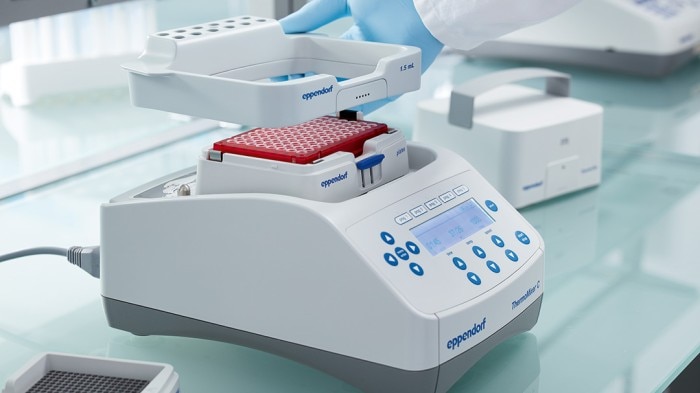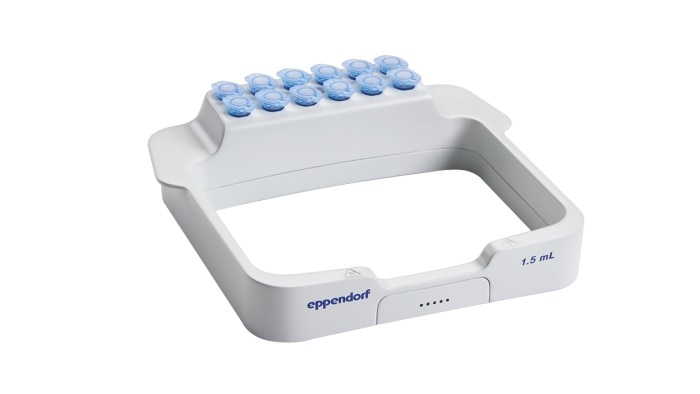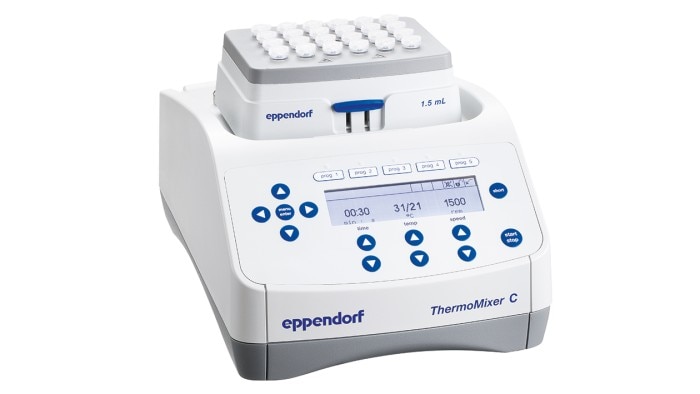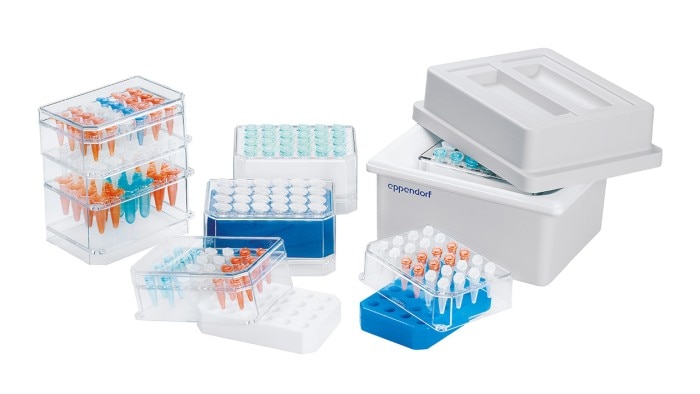-
- Pipeteo manual & dispensación
- Pipetas mecánicas
- Pipetas electrónicas
- Pipetas multicanal
- Pipetas de desplazamiento positivo y dispensadores
- Pipeteo automatizado
- Dispensadores de botella
- Controladores de pipeta
- Puntas de pipeta
- Consumibles de automatización
- Accesorios para dispensadores y pipetas
- Accesorios de automatización
- Servicios para dispensadores y pipetas
Está a punto de abandonar este sitio.
Por favor, tenga en cuenta que su carro de la compra actual no ha sido guardado todavía y no podrá ser restablecido en el nuevo sitio ni cuando regrese. Si desea guardar su carro de la compra, inicie sesión en su cuenta.

Smart Extension of Incubation Capacity
Many protocols need multiple incubation temperatures. In crowded labs where temperature devices must be shared this can be a challenge. Either one reserves the devices some days in advance and have them run of different temperatures, or one must wait until one device heats up or cools down in between the steps. But this can be challenging when the protocols are even time sensitive regarding incubation duration. So very creative ways come up to have samples incubated at different temperatures.
Leer más
Leer menos
Table 1: Recommended devices during heat-shock transformation protocol steps
| Protocol step | Temperature | Mixing | Device |
|---|---|---|---|
| Incubation of vector with competent cells | 4 °C | no | IsoTherm System® |
| Heat-shock | 42 °C | no | SmartExtender on ThermoMixer® C |
| Recovering of cells | 37 °C | yes | ThermoMixer® C |
Leer más
Leer menos
Or you can incubate samples at two different temperatures, 15 °C in the block and 28 °C in the SmartExtender. Either for one, or two different protocols, or persons working in the lab. Or you choose to use a plate and tubes…whatever you need, you can incubate two different samples at two different temperatures. Basically, you can have an incubation device and a thermal mixer in one.
Only open question: How to reliably keep 4 °C? Well, here we recommend an ice-free IsoTherm System ® of which the block for holding samples is cooled in the fridge and then placed in a polystyrene bucket. This system keeps the temperature more reliable, contamination reduced and drop-free compared to ice.
Leer más
Leer menos




